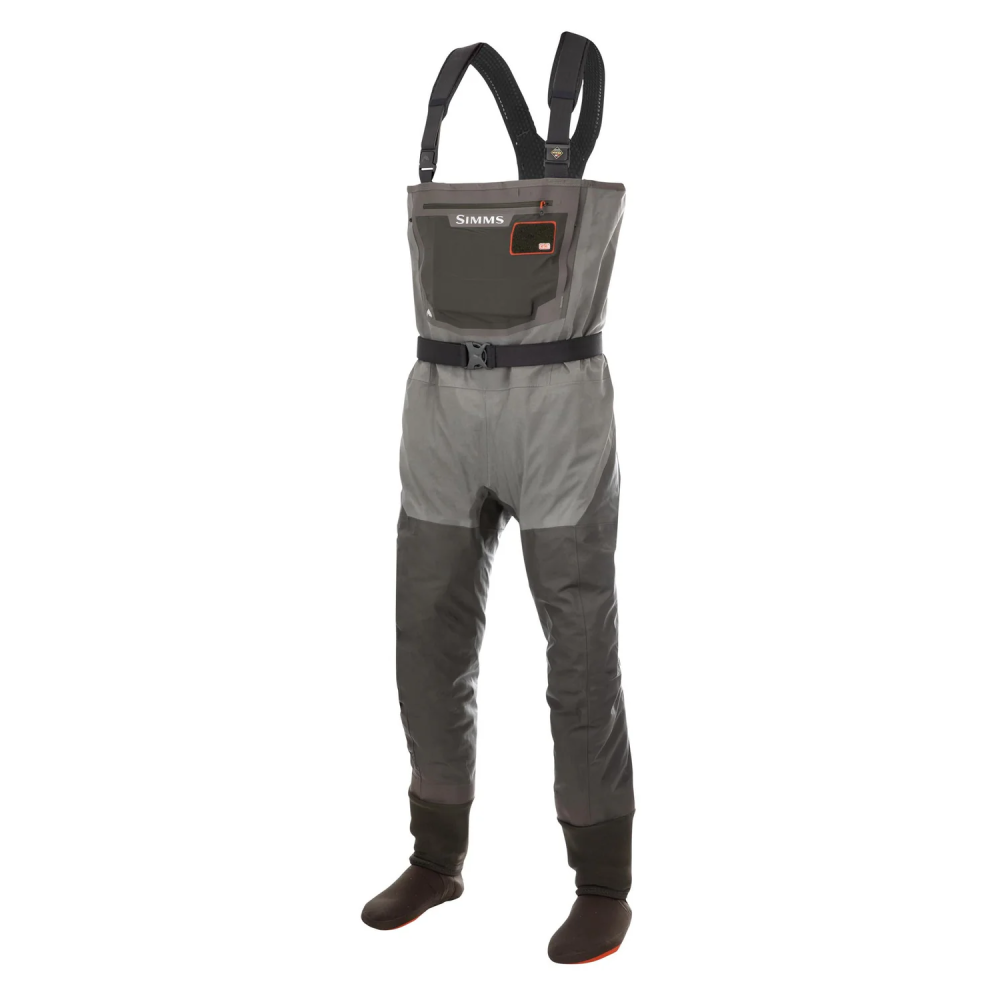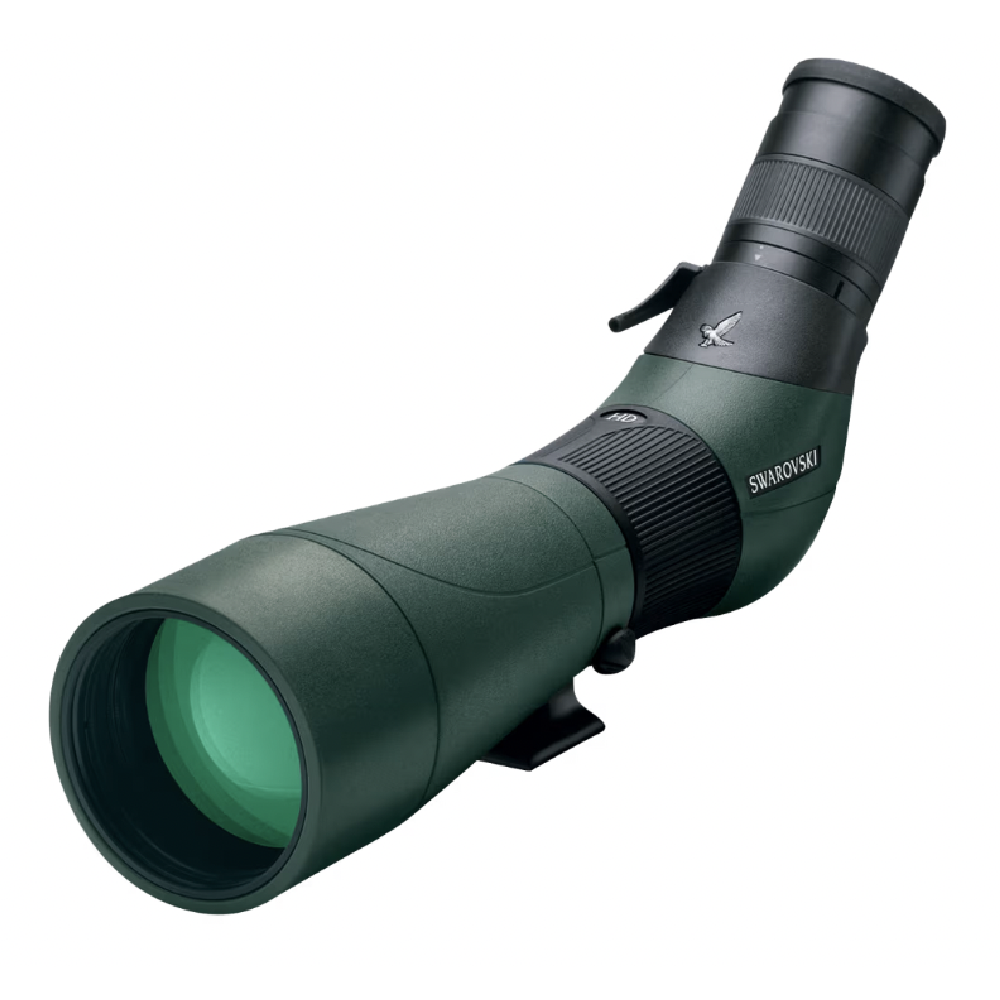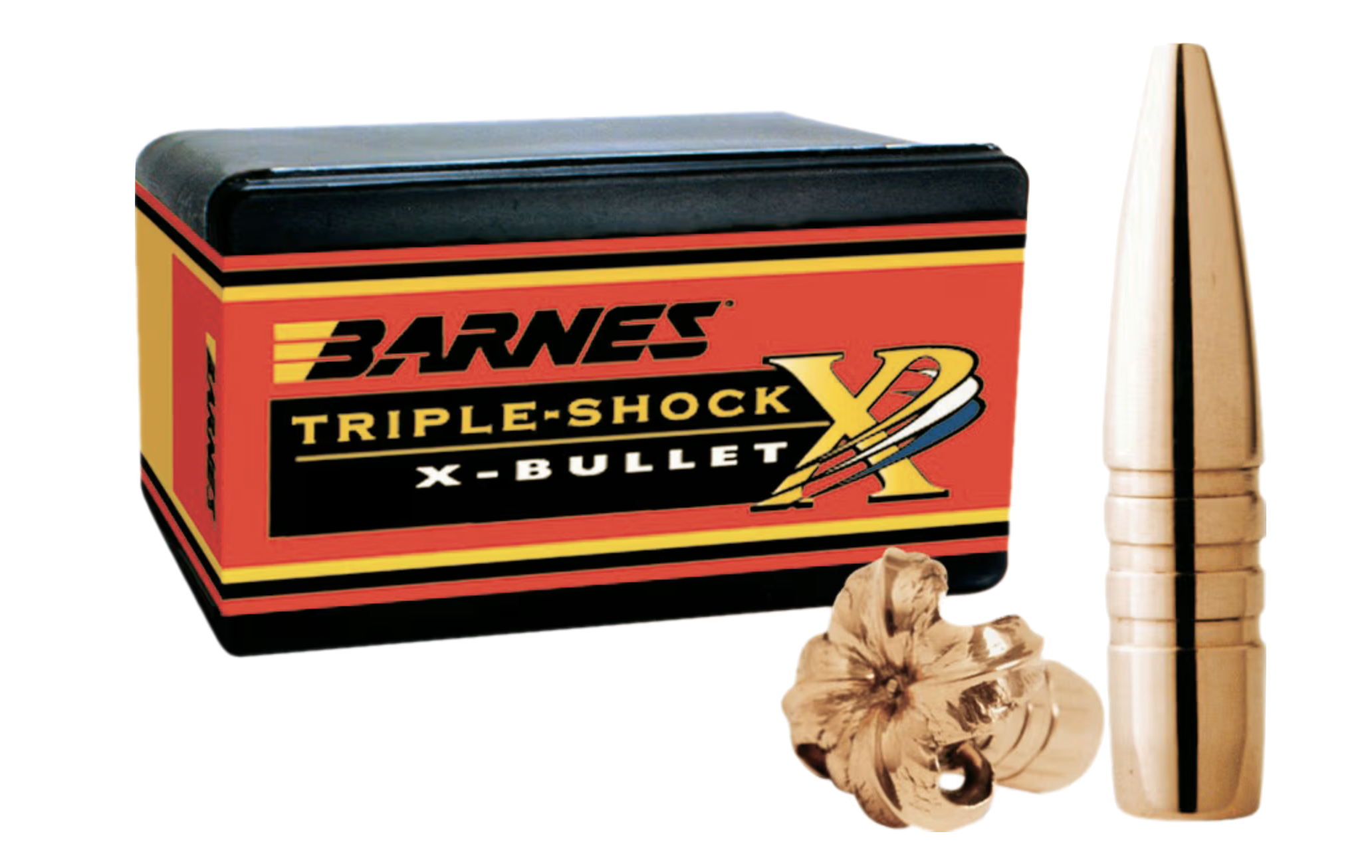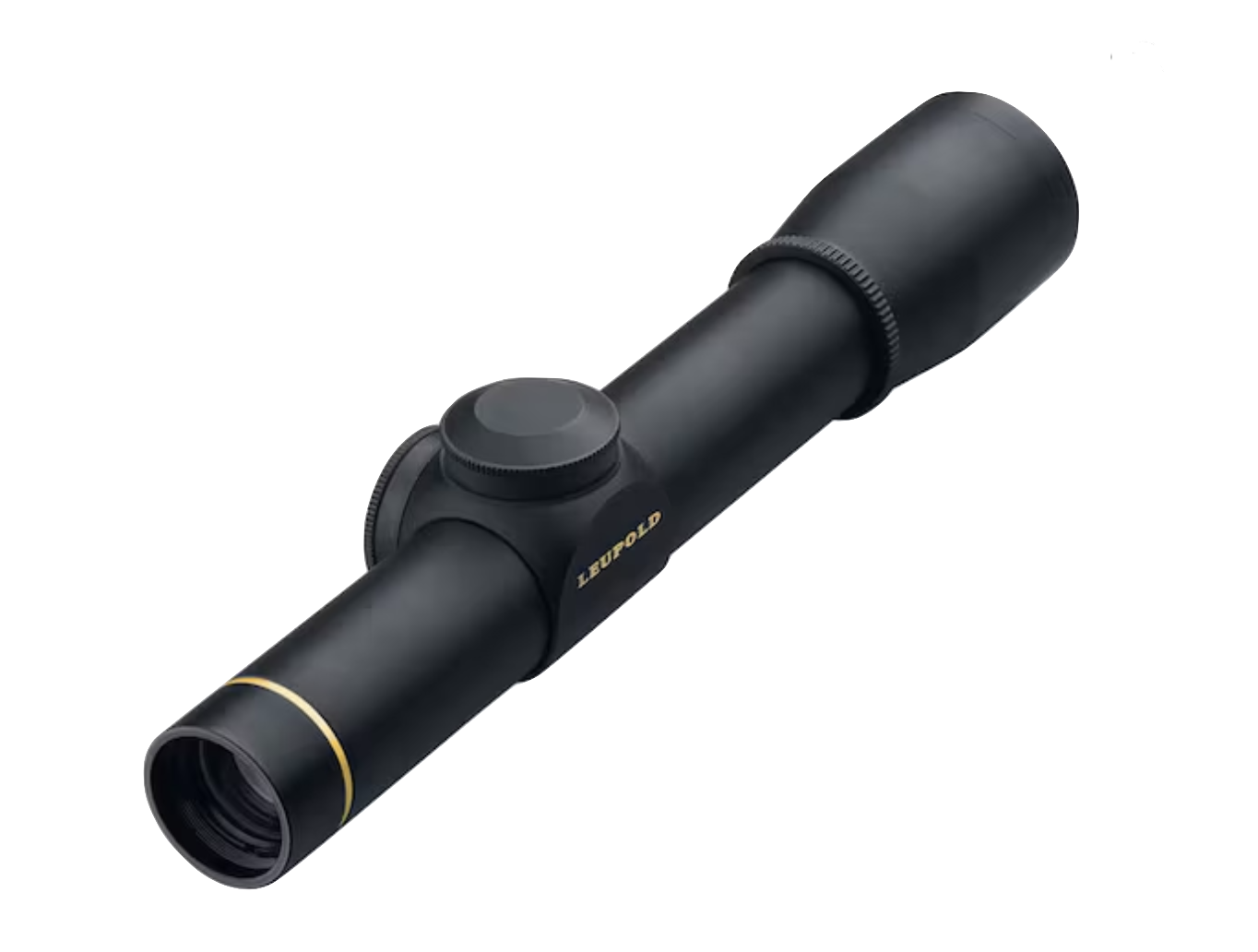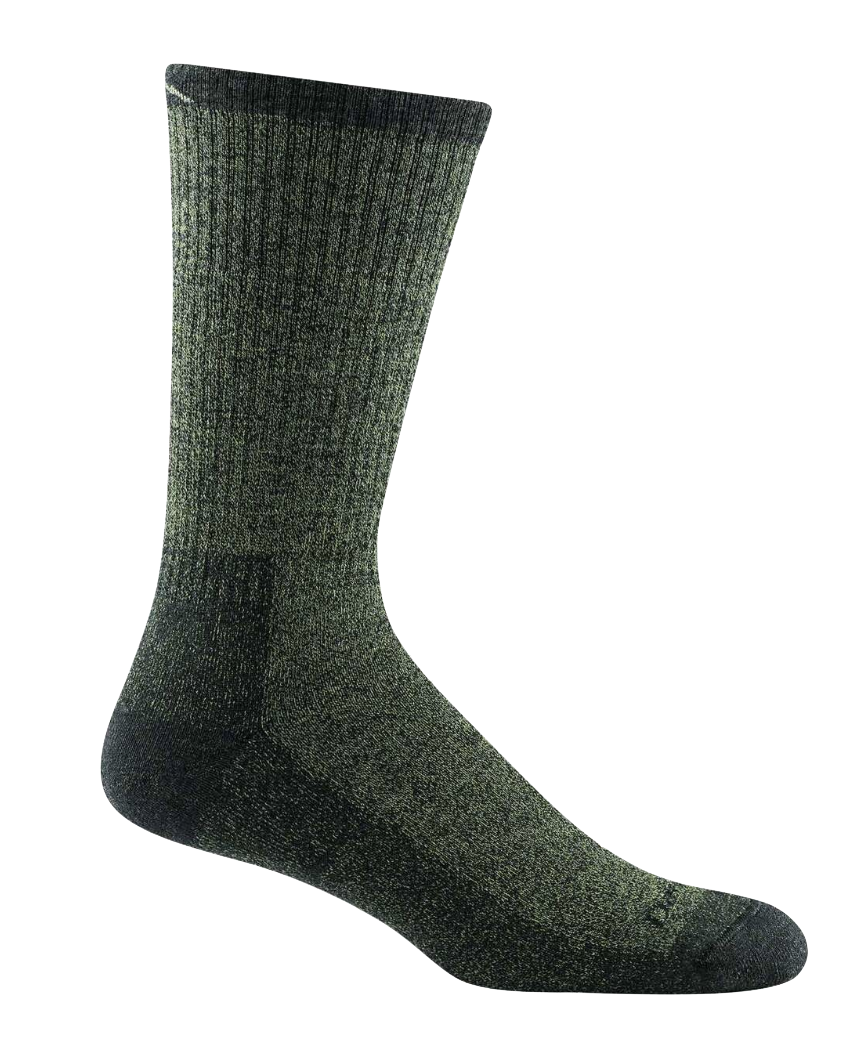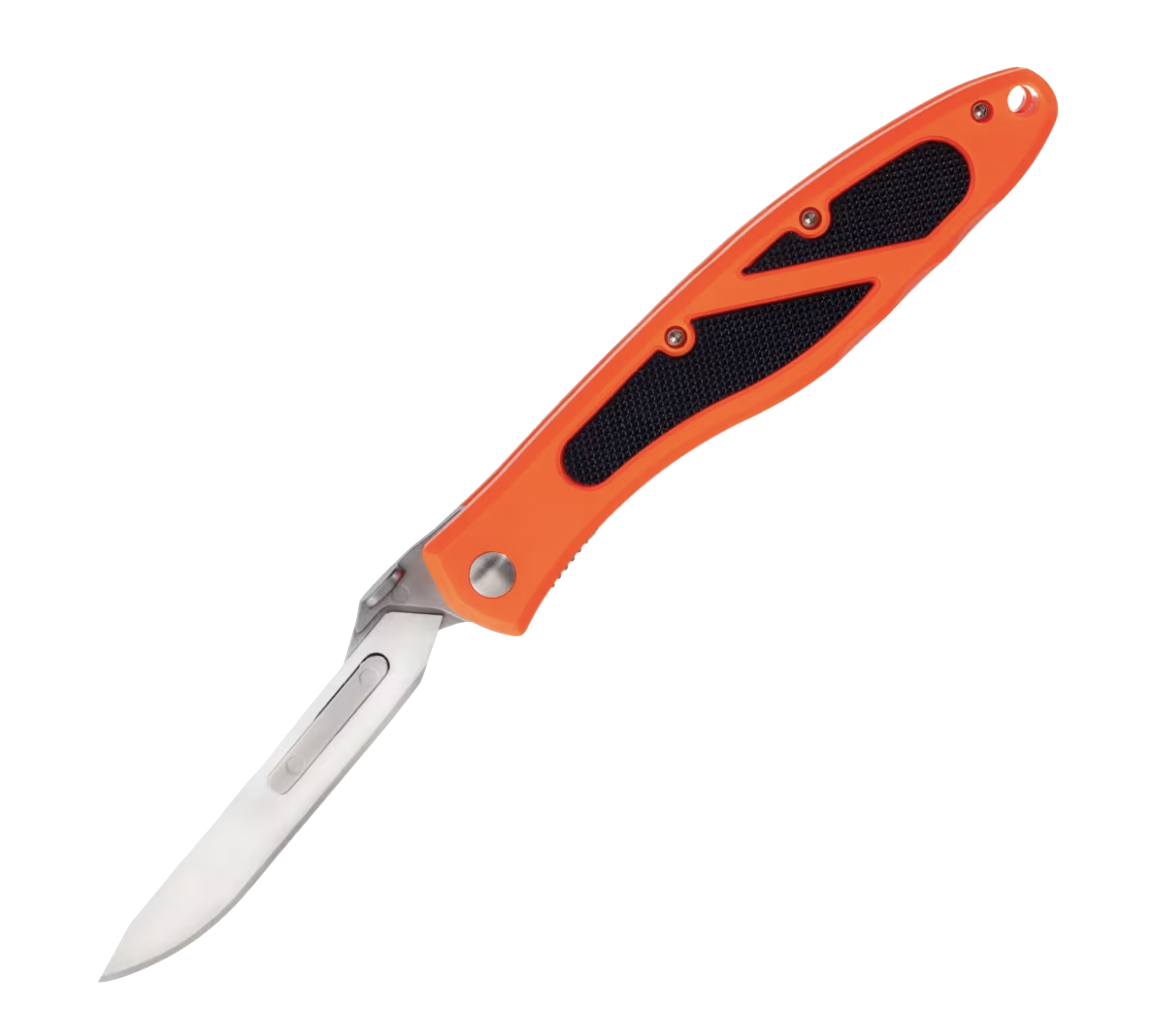Not many people can say they’ve ever hunted a brown bear. For most, it would once-in-a-lifetime experience. But for Tia Shoemaker, it’s another day at work. Shoemaker guides with her family in the Becharof National Wildlife Refuge, 300 miles southwest of Anchorage. Their outfit, Grizzly Skins of Alaska, has been taking hunters out since 1983. During the salmon run, the remote area contains the highest density of brown bears in the world.
Hunting brown bears is tough stuff, and not just because they can kill you. The landscape they inhabit, with its constant rain and wind, will grind down the most seasoned hunters—as well as their gear. And because Shoemaker’s camp is so remote, she needs equipment that will work, no matter what. So, we asked her to tell us about the gear she uses. Shoemaker describes herself as “not being a huge gear person” and a minimalist. These are the handful of items she relies on day in and day out in brown bear country.

Where we hunt, it's soaking wet, and so a thick, rubberized raincoat is essential. I’ve worn out a few coats out over the years, but I’ve always gone back to Helly Hansen. We get some clients who bring the kind of lightweight rain gear you’d bring on a mountain hunt, and they end up borderline hypothermic. We have rain almost 100 percent of the time, with driving 70-mile-per-hour winds. I try to tell people that you’re going to be wet, no matter what you bring, but if you don’t wear a heavy piece of rubber, you’re going to be miserable. I also wear a Gore-Tex layer underneath my raincoat in case I need to layer down and go on a stalk.
We used to wear hip boots, but now we wear waders while hunting. They aren’t so much for wading through streams; we wear them for the constant rain, bogs, and wet ground. It’s like walking on a swimming pool cover out here. Nothing is even, and you’ll slip through the ground and go up to your waist in water. It’s challenging and very, very wet. I’ll wear Simms stocking-foot waders with a pair of old oversized sneakers from the second-hand store. They’re much easier to hike in than cumbersome fishing boots.
I left my first spotting scope in the bush while guiding a moose hunt. I went back, but I couldn’t find it anywhere. Bears love to chew on rubber, and I’m sure they dragged it off. Today I use a 20-60x85mm Swarovski spotting scope. I’m very spoiled and fortunate when it comes to optics. It isn’t necessary, but when guiding is your career, you really want the best optics you can afford. It saves me and my clients a lot of walking. I judge trophies from a distance and decide to pass on animals that aren’t worth chasing. For binoculars, I bring a compact Swarovski 8x30mm to cut on weight.
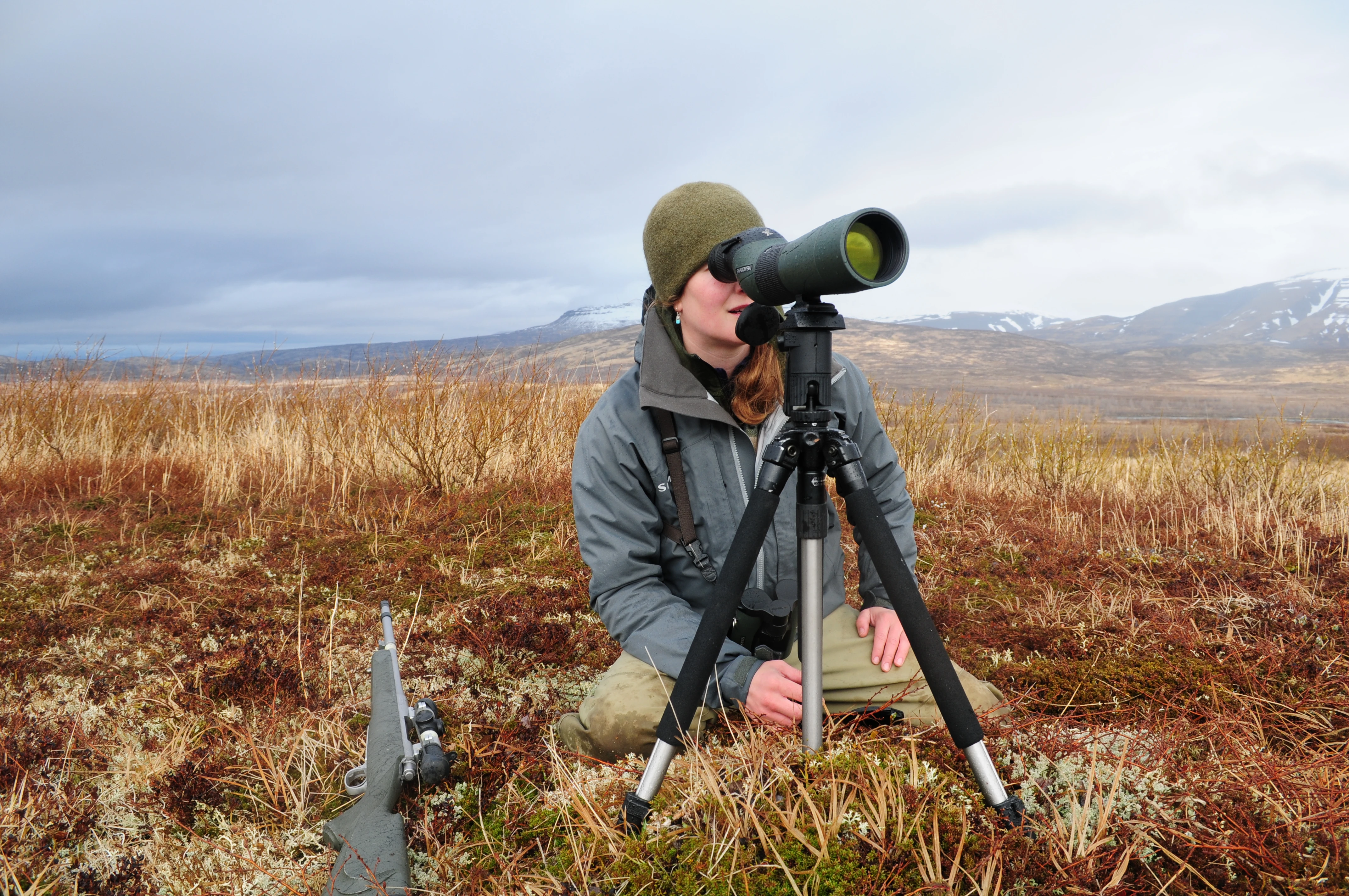
Secondhand Aluminum Pack Frame
When I used to pack meat, I used metal frame packs from second-hand stores, but my back can’t take it anymore. All of our packers today still use old-style frame packs, like the ones from Kelty. You really can’t pack bear hides or moose quarters with anything less than a metal frame pack. For a daypack, I use a waterproof Arcteryx bag right now, but I change this up sometimes. Your backpack needs to be waterproof, or you need to use dry bags in your pack.
Rifle and Ammo
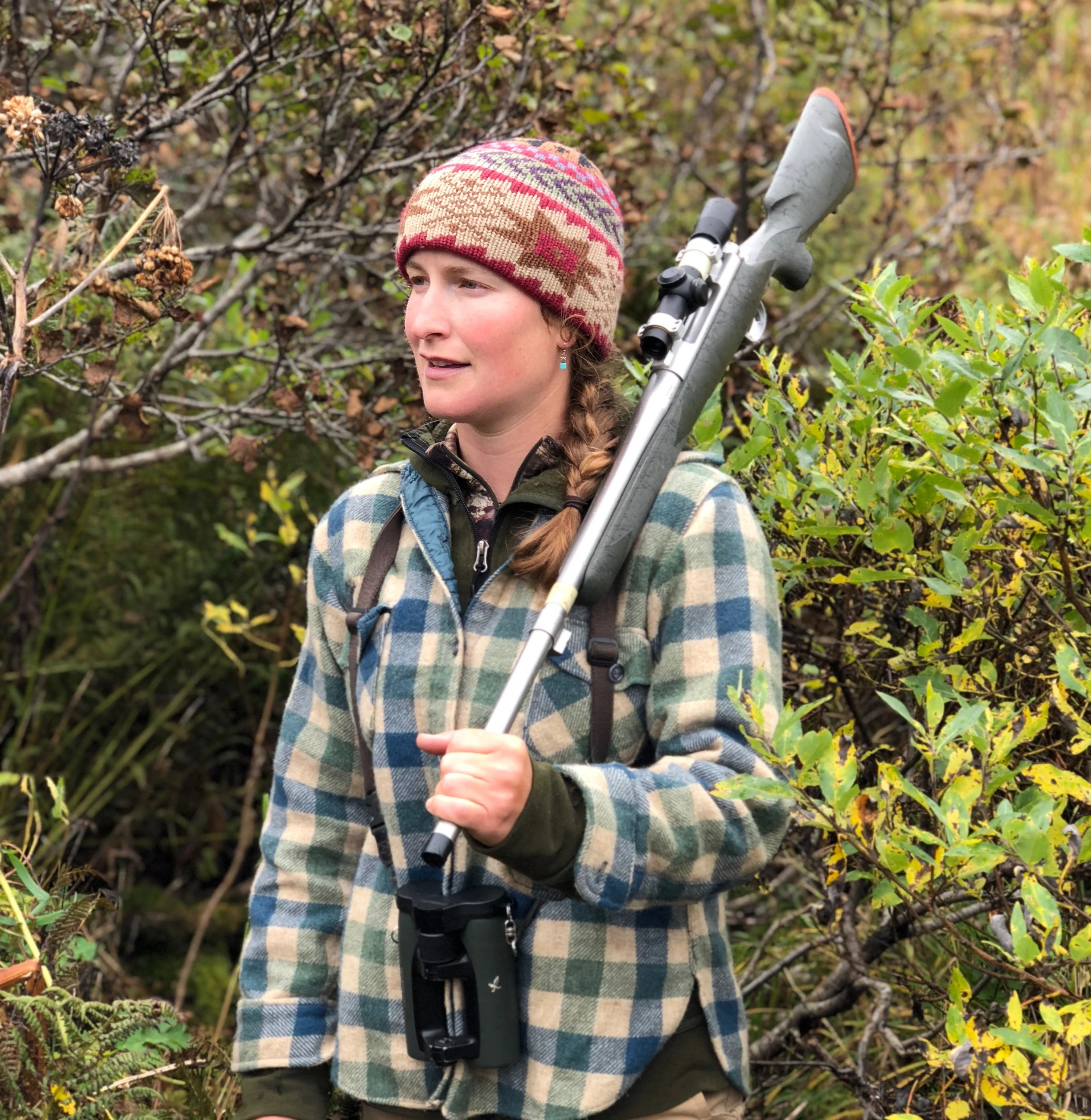
I carry a custom Echols rifle in 416 Remington. The rifle was built on a heavily modified Winchester Model 70 action. It has a 21-inch barrel and a 12.5-inch length of pull. My biggest requirement was that the rifle be super lightweight. I knew it was going to kick like hell, but recoil is temporary. I spend much more time carrying my rifle. For ammo, I rely on my dad’s expertise. He handloads 300-grain Barnes TSXs for me.
Another thing from my dad is to have a small picatinny rail section mounted to the barrel instead of a sling swivel. As a dangerous game guide, you don’t want to have your gun slung, and there’s too much brush to catch on a sling, so I don’t use one. Instead, I use the rail to clip on a small Surefire flashlight after dark. Sometimes I need to chase a bear out of camp, or walk back after dark with meat. It’s nice to have a gun attached to your flashlight.
Leupold 2.5X Fixed Power Scope
We try to shoot bears from within around 100 yards. Taking a close-range shot increases the chance that the hunter won’t miss or make a bad shot. When backing up a client, I use a fixed-power Leupold at 2.5X. To keep the scope from fogging up, we all just use pieces of old rubber tire tube. I can stretch it over the scope and take it off when we’re on a stalk.
I only ever wear Darn Tough socks. With wool, you’re still warm if you get wet. There’s a reason all of the old explorers wore it. I also like to wear merino base layers and wool clothing that I usually find second-hand. On fall bear hunts, I’ll sometimes wear a synthetic pullover fleece under my rain gear.
Hunting Knives
A knife is the one thing I can’t do without, even if I’m just going to town. I’ll bring a bag of knives with me during hunting season. I have a small Kershaw knife that I filed the tip off of for skinning bears. It works especially well on bear toes. I also have an old Japanese knife with a big belly in it for fleshing bear skins, and I always carry a Ken Onion Kershaw flipper for camp tasks and cutting harvest tags.
My favorite knife, though, is a Havalon. I wouldn’t go hunting anywhere without one. I love those knives, but I don’t love how some people break the tips off in the ground. I like to carry an old film canister for used blades.
Lucky Hat and Pink Sparkly Water Bottle
I’ve only had two lucky hats, and I’m currently on the second one. My gun maker, D’Arcy Echols, makes a really cool olive-drab baseball cap embroidered with a cape buffalo. Cape buffalo was always my dream animal to hunt, and I finally got to go get one a few years ago. I also have a lucky pink sparkly water bottle, that is truly lucky. I can’t go hunting without it.


